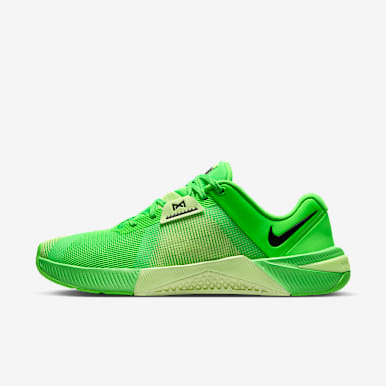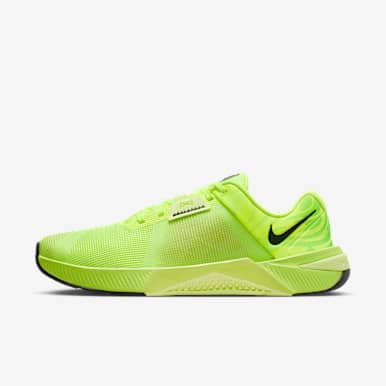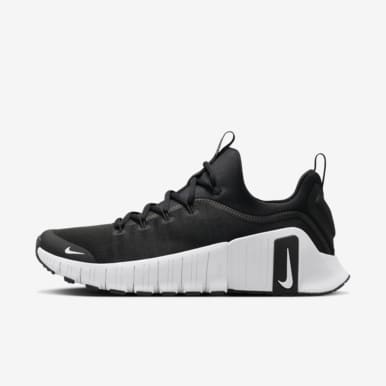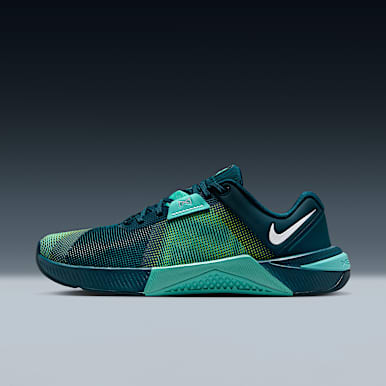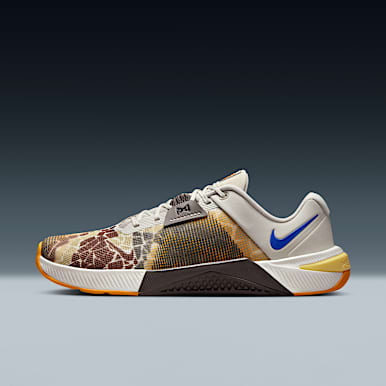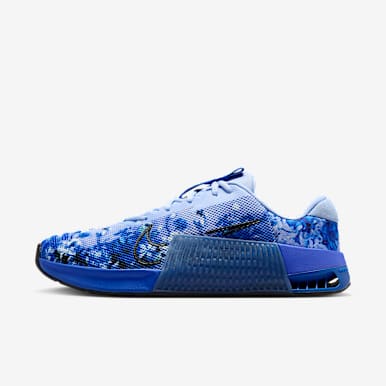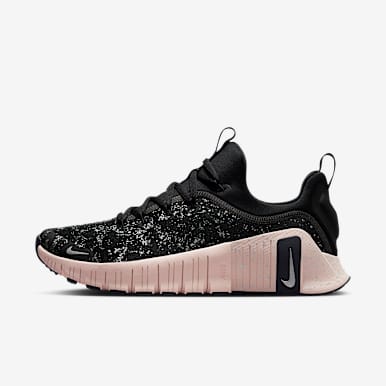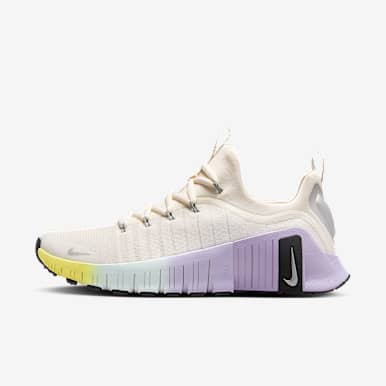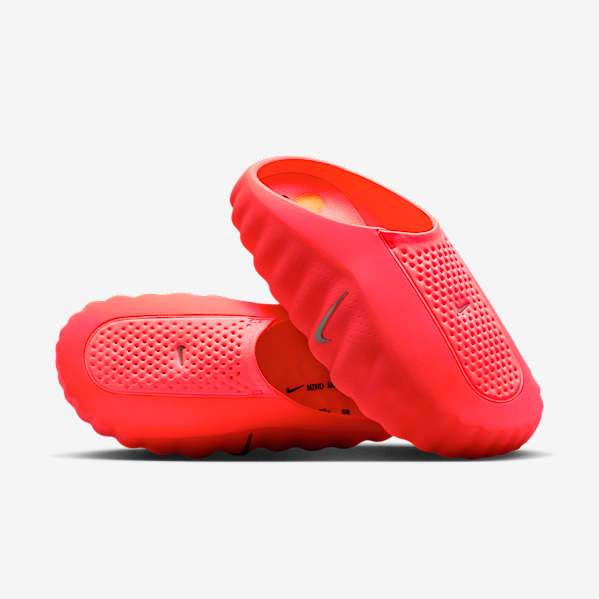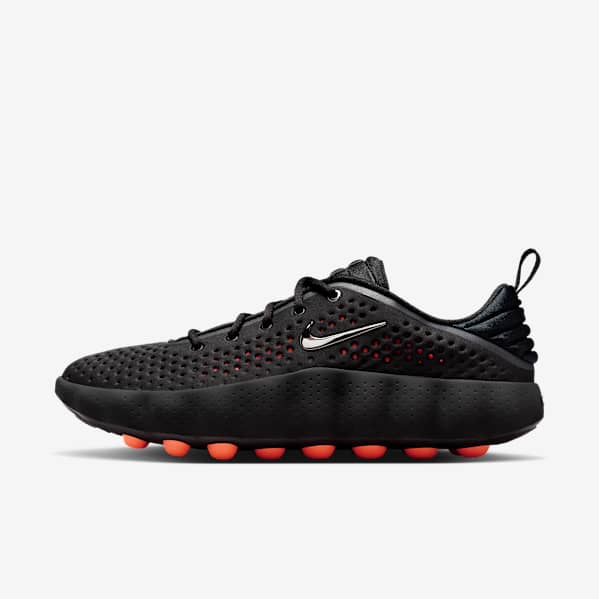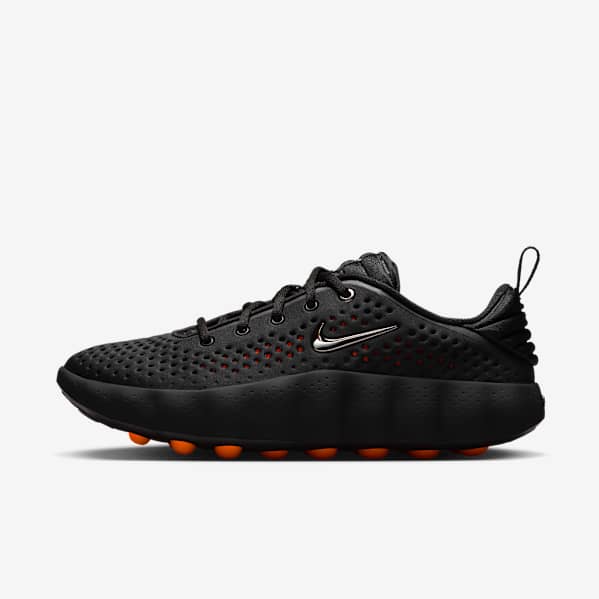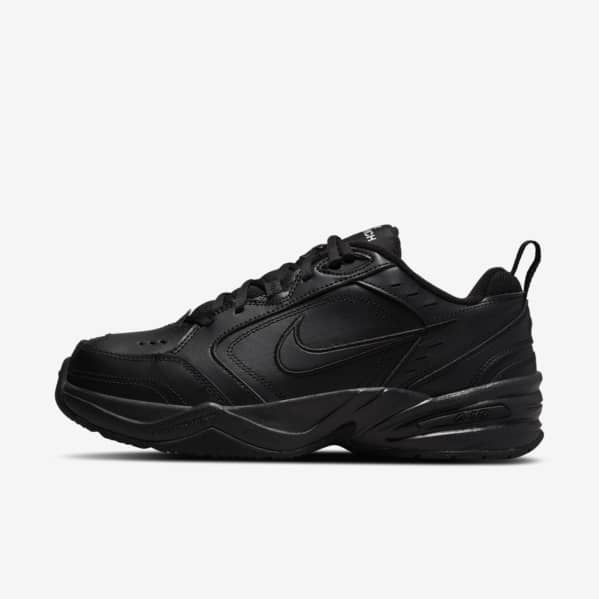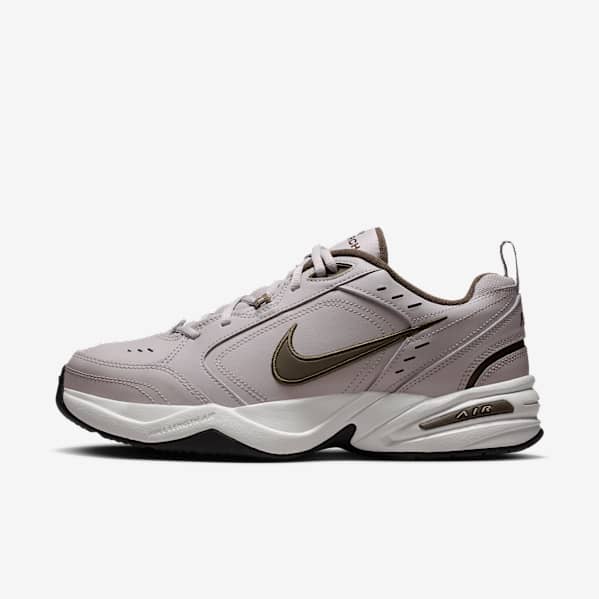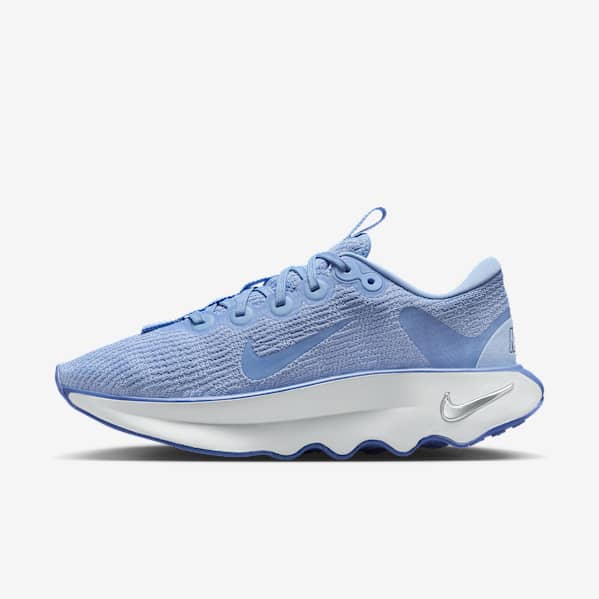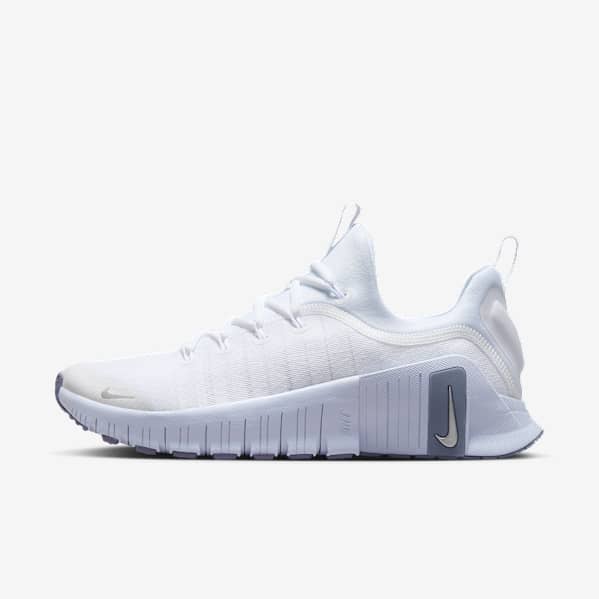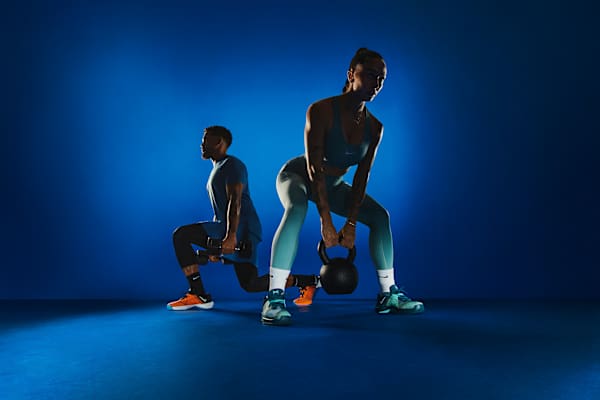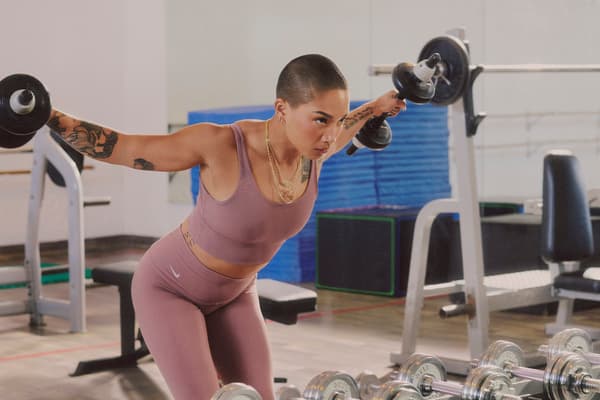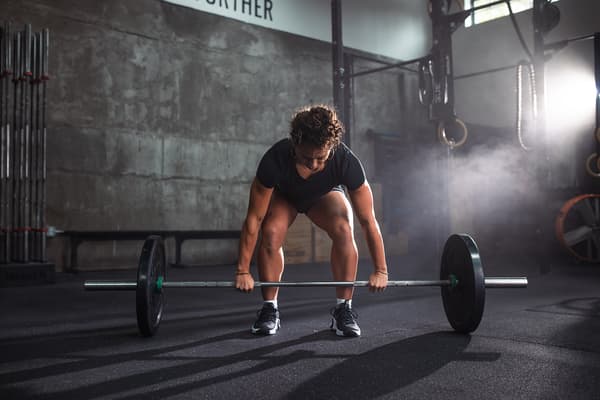What Are Nike's Best Shoes for Squats?
Buying Guide
If you want to maximize power on your squat, you’ll want the right pair of Nike shoes. Here’s what to look for.

The squat is one of the most functional moves you can master. It recruits several different muscles in your lower body and core, so you can carry your groceries up the stairs, bend down to pick up your kids and set yourself up for a back squat PR. And because squats also help strengthen your connective tissue, they’re helpful in preventing injury.
But to do squats properly, you need the right pair of weightlifting or training shoes. Squatting in heavily cushioned shoes doesn’t allow for proper form and can increase your risk of injury. You’ll want to find shoes that lock down your feet and set you up for success. Here’s what to look for, along with our top picks.
What to Look for in Good Shoes for Squatting
- Stiff sole: A non-compressible sole offers stability when you push off the ground with your heels. Too much cushioning, on the other hand, can make you feel off-balance. However, you might need some midsole cushioning for squatting during high-intensity classes like CrossFit.
- Wide base: Choosing a wide base with plenty of outsole traction also contributes to the stability of your feet on the ground.
- Supportive ankle collar: The right shoe will fit snugly around the ankle to minimize movement and have enough support to prevent your ankles from rolling.
- Breathable upper: Look for well-ventilated materials that keep your feet cool and dry as you sweat.
- Lightweight-yet-durable construction: Choose materials that protect your feet without adding too much weight.
- Bonus features: Some shoes also have a toe strap, ankle strap or both. These can be helpful in keeping your foot securely in place.
How to Choose the Right Heel Height
When choosing a weightlifting shoe for optimal squat positioning, you’ll need to consider the heel-toe drop (the difference in height between the heel and forefoot). A raised heel requires less flexibility in the ankles to achieve greater range of motion in your squat. However, some people prefer the grounding feel of a flat shoe.
What’s more, different body types can benefit from different heel heights. And some heel heights suit certain squat styles better than others. You’ll also want to consider what other exercises you’ll be performing in the gym when choosing a heel height
A low heel-to-toe drop is best for athletes with shorter legs and torso, since they don’t have to work quite as hard to achieve a deeper squat. Similarly, if you typically do low-bar squats or keep a wider stance, you won’t need as much ankle flexion to perform the move properly, so it’s fine to lift in a flat shoe. Flat shoes are also better-suited for deadlifting and plyometrics, which may also be included in your workout.
A standard heel-to-toe drop will work best if your torso is longer than your legs, since you’ll be more prone to leaning forward during your squat. This standard height is really versatile, making it your best option for performing a variety of styles of squats with weights. But it’s less ideal for cross-training than a shoe with a lower heel.
A high heel-to-toe drop is best for taller athletes with a longer torso and legs, as it’s more difficult for them to sit deep into a squat. Heeled weightlifting shoes also provide a counterbalance for barbell front squats and support good form during high-bar squats or Olympic lifts. They’ll also better enable you to take a narrow stance.
Tip: If you lack flexibility in your ankles, a higher heel can help, but you should also work on improving your range of motion.
How to Get the Proper Fit
When shopping for gym shoes, wear the same socks you would wear during your workout and shop in the evening, since your feet swell throughout the day. Practice doing squats to get a feel for how well the shoe will support and stabilize your foot.
As with any sneaker, don’t rely on a break-in period — they should feel comfortable from the get-go. You may need to try several pairs to get the right fit.
When trying on weightlifting shoes, check for the following:
- About ⅛” of space or less between the shoe and your longest toe
- Snug ankle collar that doesn’t rub or slip
- No pressure from the lacing system
- Your feet don’t slide around when performing a squat
- Wide enough if you have wide feet
Nike’s Best Squat Shoes
1.Nike Metcon
Whether you’re performing plyo squats or practicing weighted front squats, the Metcon can do it all. The wide, flat heel provides stability, but there’s also enough cushioning to transition into cardio moves. Supportive features vary by shoe and include internal webbing and ankle straps for a locked-in feel, and the non-slip outsole provides plenty of traction for any surface, even rope climbs.
2.Nike Savaleos and Nike Romaleos
If a heeled shoe makes sense for your body and your training, you might opt for either of these pairs. You’ll still get the wide, flat heel and plenty of outsole traction, but more rigid midsoles and an ankle strap provide arch support and enhanced stability, while a heel lift sets you up for a deeper squat. If powerlifting is the aim, either will serve you well.
3.Nike SuperRep
If you’re doing squats and squat jumps as part of a high-intensity interval training class, you’ll need a little extra cushioning underfoot. The Nike SuperRep has two Zoom Air units in the forefoot to deliver energy for vertical jumps, while the big arc offers side-to-side support for lateral squat jumps.
No matter how you like to move or what your goals are, there’s a Nike training shoe that can support your progress in color options to compliment your aesthetic.
Is It Bad to Do Squats in Running Shoes?
It’s certainly not ideal. Running shoes are built for forward movement and shock absorption, while lifting shoes and cross trainers are built for greater stability. Running shoes can also negatively affect your form — particularly the angle of your torso — during squats. And the cushioning can throw you off-balance, increasing your risk of injury.
Is It Better to Lift Weights in Flat Shoes?
That depends on your body, your preference, and the type of movement. Many lifters prefer the stability and barefoot feel of flat shoes, while others who need help with ankle mobility prefer more lift in the heel.
A flat shoe is going to be more versatile, allowing you to perform deadlifts as well, while a heeled weightlifting shoe is going to allow you to target specific moves with better form. Start by choosing a heel height based on your body type and typical exercise routine. You may need to try a few pairs before deciding on the right one.
